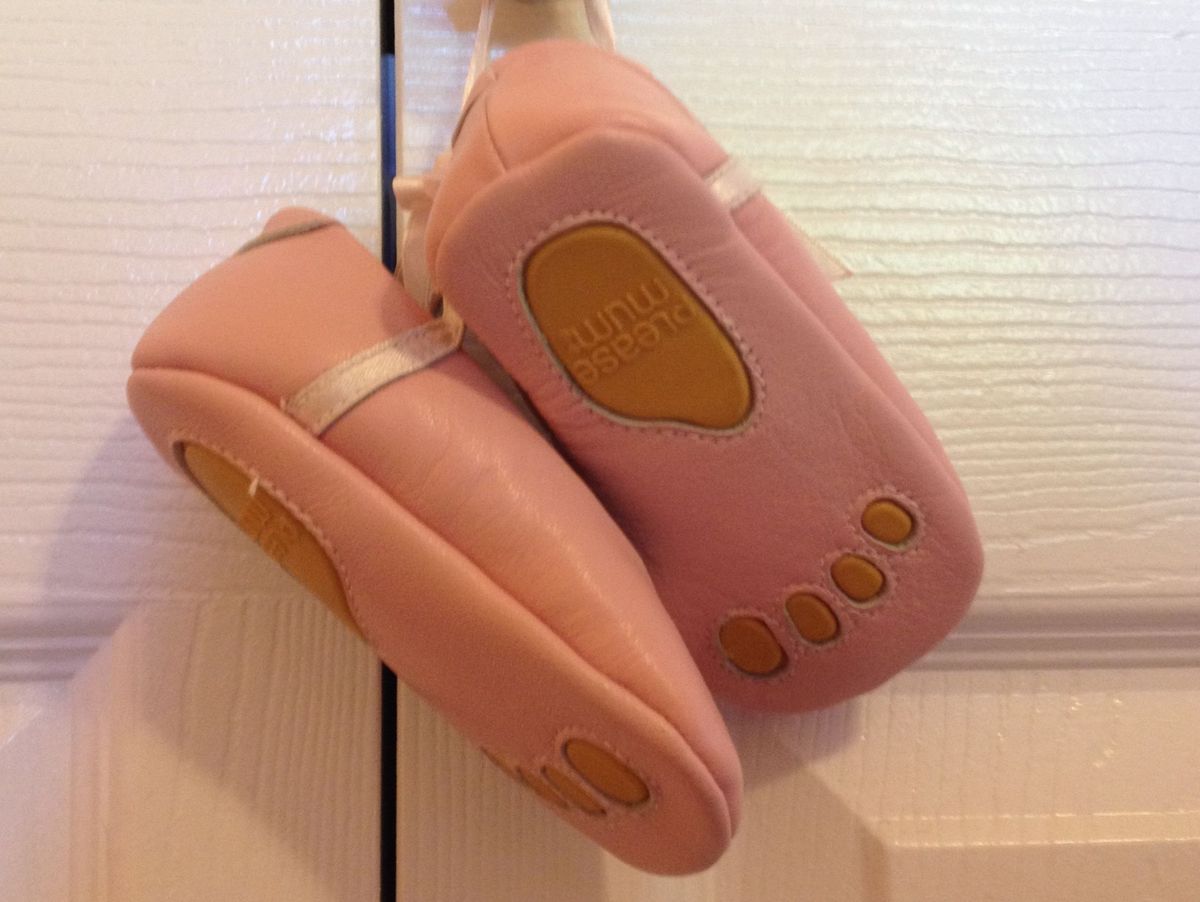I was catching up with some folks on the weekend. And one of them told me about a course he took, on how to influence people. As part of the program, students study things like the interpretation of office decor, body language and presentation styles. It sounds a bit as though it’s an introduction to ethnography - observation. The idea is that, by observing that someone has, say, a bunch of charts on her office wall - or lots of family pictures - or an incense burner on her desk - we can draw some conclusions - or at least assumptions - about that person.
There is some value in this, as observation is a core part of design research. If you’re designing a new chair, it’s very helpful to study the way people sit on different objects - and what they do while sitting. However, in my mind, there’s a difference between observing an inanimate environment - like an office - and studying what someone does in an office (ethnography).
In my design experience, ethnography can be incredibly valuable, as it focuses on action and behaviour. In story design - and in life - it's important that we learn to differentiate between what writers refer to as "characteristics" - what you wear, how you walk - and "character" - the way you behave, the decisions you make, the actions you take. If we only observe someone's "characteristics", we risk falling prey to assumptions and stereotypes.
For example, if you observe my office, you’ll note that I have a pair of pink baby shoes hanging on the door. You'd probably assume that they belonged to me or one of my kids once upon a time. Wrong. I don't have kids. But I do tend to get impatient when things take too long to happen. So, the baby booties remind me to be patient and take baby steps. Similarly, if you go into a new client’s office and see that he has an incense burner on his desk, you might assume that he’s a right-brained, artsy-fartsy. However, if you ask him to tell you the story of the incense burner - what he did to acquire it and why - you might discover that it was a gift from his recently deceased wife, and he keeps it on his desk to remind him of her.
If we rely too heavily on observations to inform the way we try to influence someone, we risk jumping to incorrect conclusions. Which could also ruin any chance we have of influencing his decisions. And let’s face it - influence is the holy grail we all seek. We need it every day - to make sales, get jobs, advance strategy, win hearts and change minds.
Designing a strategy to influence someone is just like any other kind of design process. You have a problem to solve (how to create influence) and you need to do some design research to inform the way you create your solution. Although observation and ethnography can generate helpful insight, both approaches force you to try to “fill in the blanks” about what people do and why they do it. They're one or more steps removed from the action. But - if you ask for and carefully analyze a person's stories instead -you can generate first-hand data about his actions and decision-making that enable you to design your influence strategy based on his actual choices and actions (rather than assumptions about those actions).
Not only will you learn more by studying stories, but you’ll also develop a reputation as a keen and careful listener - the best (and most valued) kind of friend, colleague and future collaborator.





